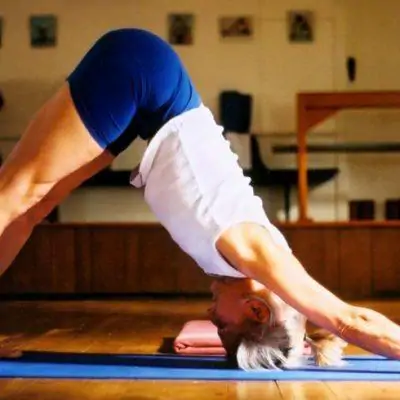Introduction
This sequence aims first to help us work through the hips and groins to create opening and space to prepare us for the arm balances later in the sequence. The balances are creative poses, poses that require us to use “intelligence,” in a yoga sense, to create as much evenness and integration as possible. Then less effort is required. Do this sequence with those things in mind so that you end up striving not so much to achieve the “end pose,” but more to create an ease and understanding concerning the actions required.
Start off in Supta Virasana, with the supports you need, and then extend forward to release the back and start connecting to the arms before going to Adho Mukha Svanasana. Here you will use repetitions of Adho Mukha Svanasana and Virasana forward, moving on the breath with a steady even rhythm. This helps to dispel dullness or stiffness as well as to energise.
Continue now with Adho Mukha Vrksasana done twice, changing the leading leg the second time. Work to hold the free balance on each side for a few seconds before you come down. Pincha Mayurasana away from the wall and start to question what is required to balance in asana overall.
We then do a few poses to bring an opening into the hips and groins: Vrksasana, Utthita Hasta Padangusthasana 2 to the wall, and Ardha Chandrasana wiht the back foot to the wall. Continue with Utthita Hasta Padangusthasana 1, Garudasana, and Standing Bhekasana, bringing extension into the front and back of the legs.
Sirsasana, Parsva Sirsasana with bent and straight legs, and Eka Pada Sirsasana. (The alternative is going back over the chair in Dvi Pada Viparita Dandasana, with the head lifted high).
Arm balances follow. Vasisthasana 1 and 2 from Adho Mukha Svanasana. A similar hip and groin opening is required here as in the first standing poses we did.
Now go to Dvi Hasta Bhujasana, Bhujapidasana, and Tittibasana starting from Uttanasana. Pay attention to the different actions in these three poses- legs forward, feet and buttocks coming towards each other, and a full leg extension with perineum parallel to the floor respectively. Explore where best to position your hands and where the lever point is to come into the pose.
There is a point of balance in each of these asanas.
Now sit in Dandasana to move to Eka Hasta Bhujasana, and then Asta Vakrasana. Follow with Malasana, with hands to the floor, to prepare for full Bakasana, done twice. Create the lift and spreading at the back of the thighs and the dome shape of the upper back and concavity in the sternum region to find full freedom in this pose.
After the hand balancings, we may feel a little tightness around the diaphragm. To release that area, go to Chatushpadasana and then into one full Urdhva Dhanurasana to get the opening from the full backbend.
Adho Mukha Svanasana to bring us back to neutrality, to evenness in body and breath.
The end of the sequence includes Sarvangasana, Halasana, and a few variations, and then finally Janu Sirsasana and Paschimottonasana with forehead support.
Savasana for a good 7 minutes to allow for proper relaxation everywhere, using a belt over the eyes to facilitate quietness.
View sequence
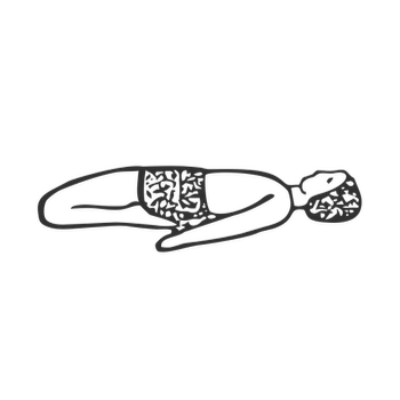
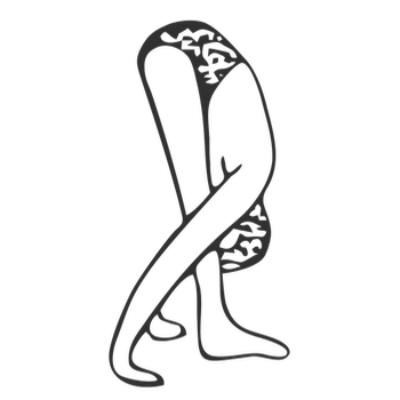
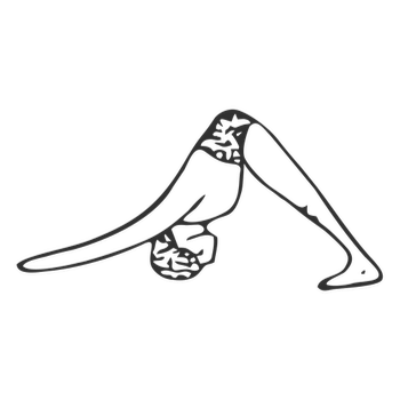
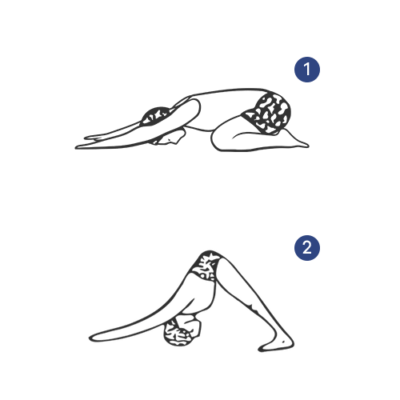
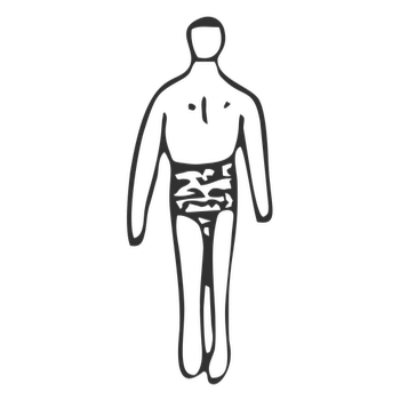
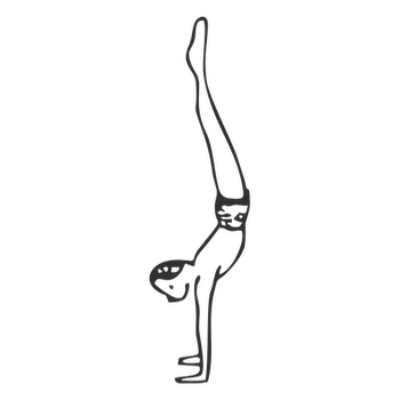



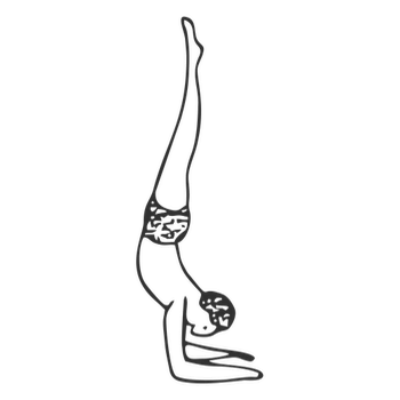
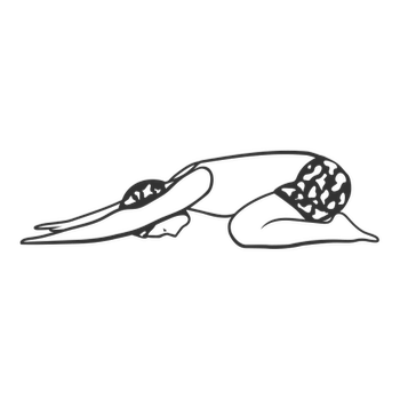
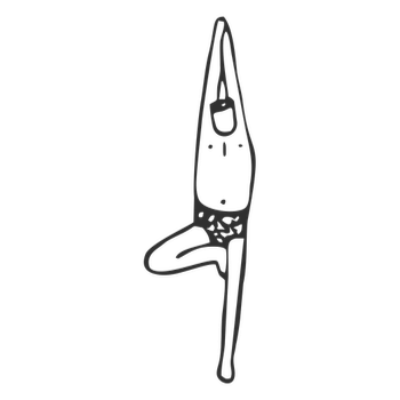
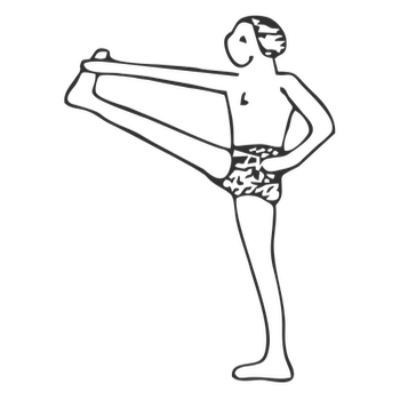


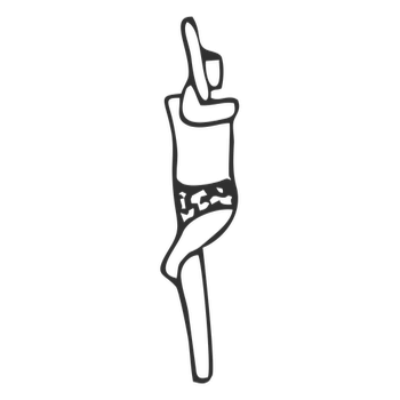
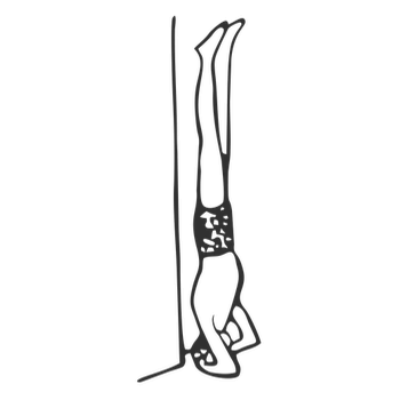
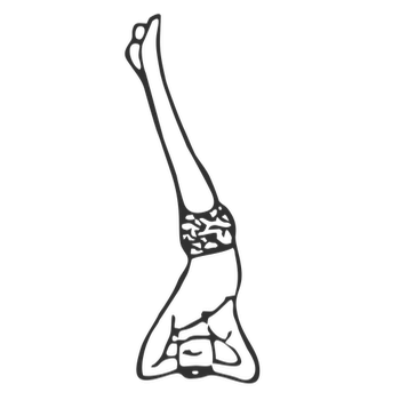
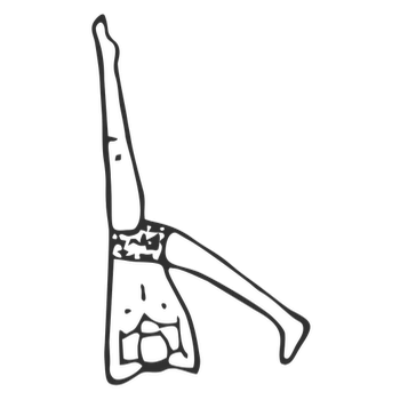


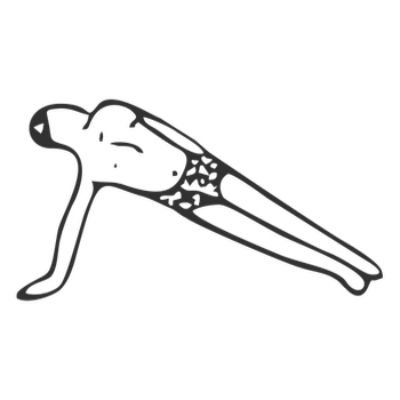

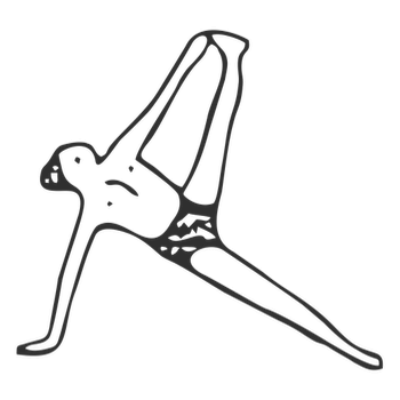

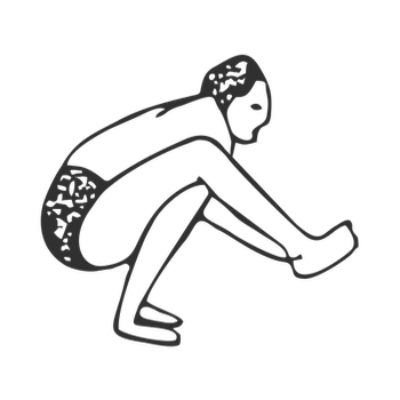

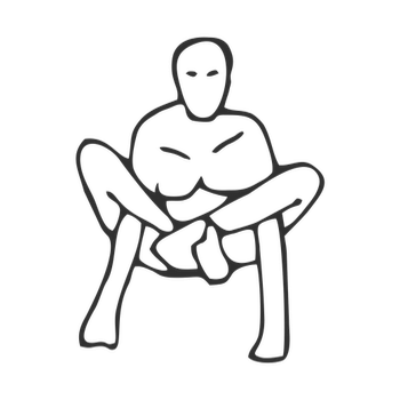
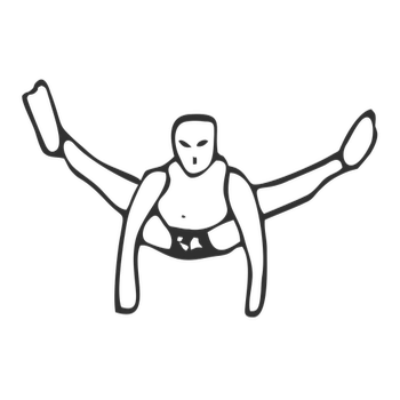
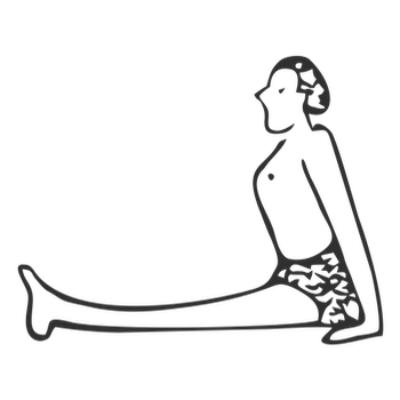
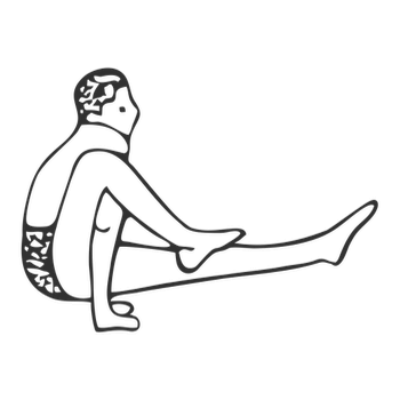


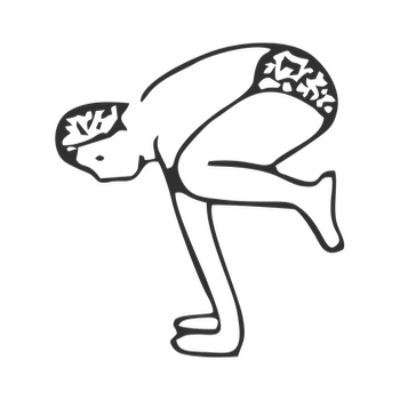

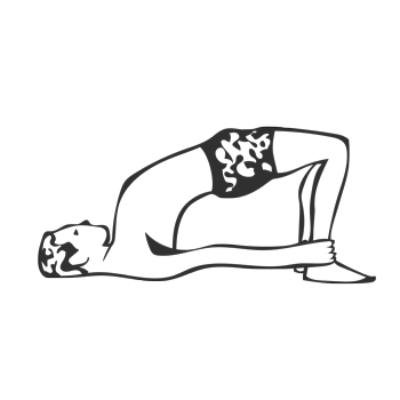
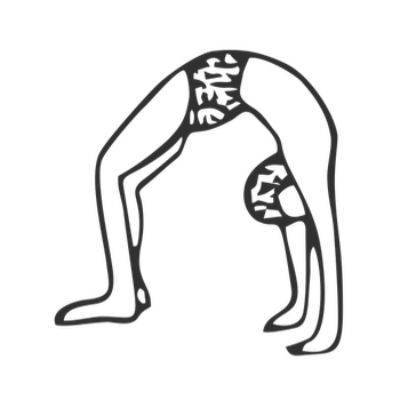



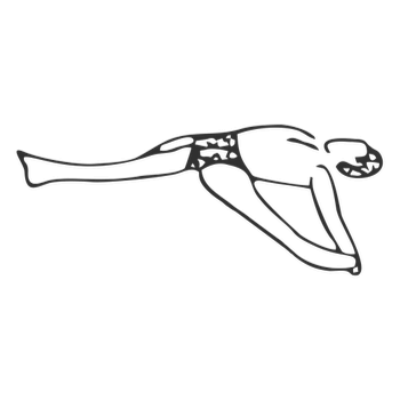
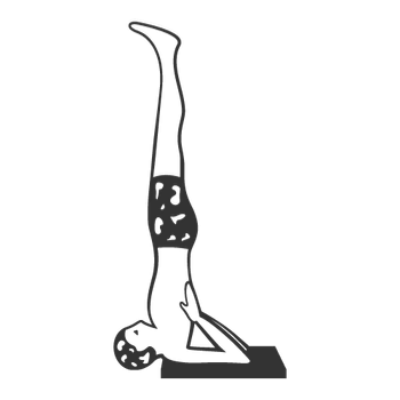
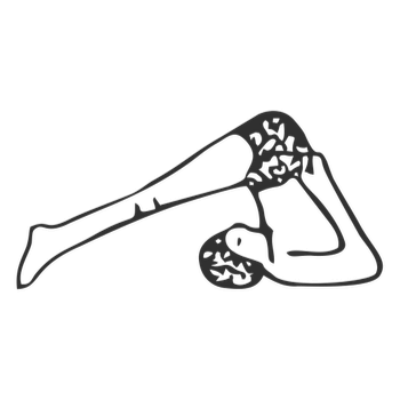
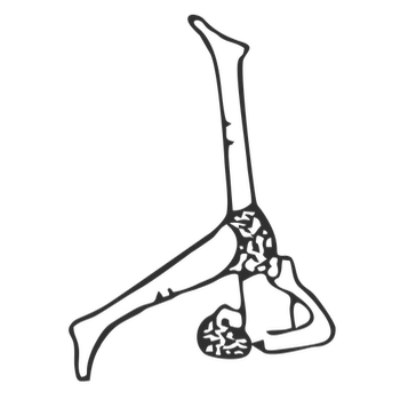
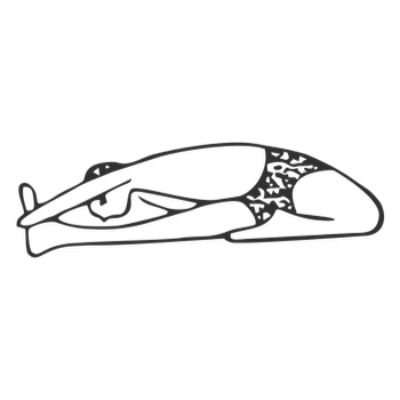
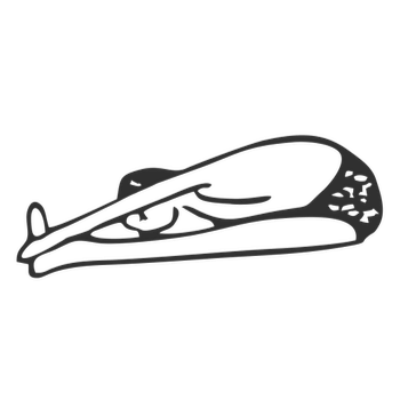
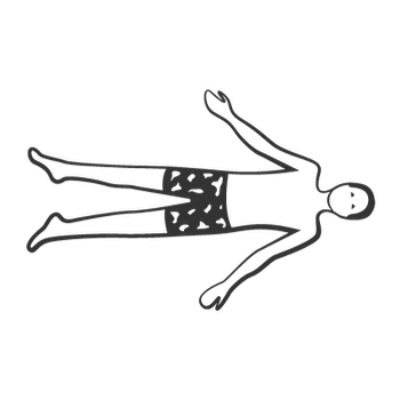
Share
Save PDF and print
You are welcome to download the PDF of the sequence and print and distribute it freely. You may have to wait up to 30 seconds for the PDF to generate. Please credit the teacher who created it. All illustrations from Dona Holleman’s ‘Yoga Darśana’, RIMYI Institute texts and Yoga Vastu illustrators for original asana drawings.
